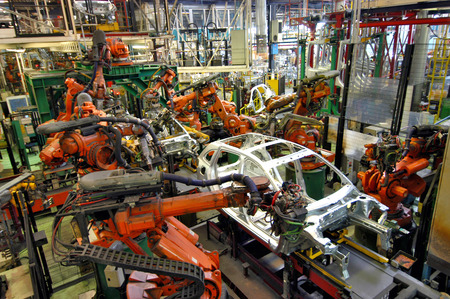Activity 7b: Economies of scale

- Fixed costs of those costs that remain the same regardless of the volume of production. In contrast, variable costs will be entirely dependent on the volume of production such that an increase in volume will lead to an increase in total variable costs. For example, a business manufacturing shoes will require premises in the production process which is regarded as a fixed cost because the cost of the premises will stay the same regardless of how many shoes are manufactured or sold. However, the cost of leather that is used in the shoes is a variable cost because the size of these costs will depend on the volume of shoes manufactured.
- The cost to produce 10 cars is a little over $50 million which means that the cost to produce each car (on average) is a little over $5 million. It is a low volume of car production (i.e. 10 cars) that has resulted in the average cost per car being a very high $5 million. However, as the scale of the operation increases (i.e. the manufacturer reduces more cars), the average costs of production per car will fall to as low as $5000 per car if 50,000 cars are produced. In this case, the manufacturer has been able to take advantage of economies of scale or the economies of large scale production because the per unit costs have fallen as a scale or size of the operation has increased.
- International trade enables Australian businesses to take advantage of economies of scale because they will be able to sell into global markets that were previously not available. This means that a relatively efficient Australian operation (compared to foreign competitors) will be able to penetrate world markets and achieve greater sales than if international trade did not occur. The greater is the business’s ability to penetrate global markets, the greater will be its ability to take advantage of economies of scale.
- As discussed in the response to question 2, the per unit cost (i.e. average cost per car) increasingly falls as output increases towards 50,000 cars. This occurs because the manufacturer is able to spread the $50 million fixed costs across a greater range of output. The per unit cost cannot fall below $5000 because $5000 is the variable cost per car.
